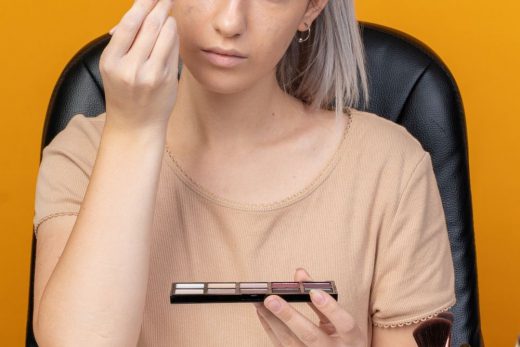Colour correcting – it’s the beauty buzzword that make-up artists everywhere are seriously into, and the beauty product category we never knew we needed until now (obviously we’ve already bought three).
If, like us, you’ve seen the tutorials and nabbed your colour correcting rainbow pastel palette, then all you need now is the know how.
We called on a whole host of industry experts, make-up artist and beauty experts to give us the low down on all things colour correcting.
What are colour correctors?
Colour correctors are concealers that are available in a range of colours, usually pastels, intended to help correct and conceal different skin issues or concerns. These most commonly include orange, purple and green shades that can be used to help neutralise unwanted blue/red tones in your skin and therefore create a more flawless base for your make-up.
What colour correctors can you get?
Colour correctors come in either solid or liquid forms, like the Max Factor Colour Corrector CC pens, or liquid. Solid forms are much better because they allow more bespoke application and enable you to easily target specific areas of the face.
Em Rata’s go-to make-up artist Hung Vanngo agrees: ‘I love Marc Jacobs Covert Stick Color Corrector. It comes in three shades that all help to conceal different complexion issues and suit different skin tones.
So what’s the deal? How do we go about choosing the right colour corrector without looking like face paint gone wrong?
Here’s what you need to know about finding the correct (sorry…) colour corrector for your skin tone and concern…
Purple Colour Corrector
What it does: violet/lilac tones help lift a dull complexion and sallow undertones, commonly found more so in East Asian complexions.
Where you should apply it: areas of your face that need brightening – this can be on cheeks, forehead or chin.





